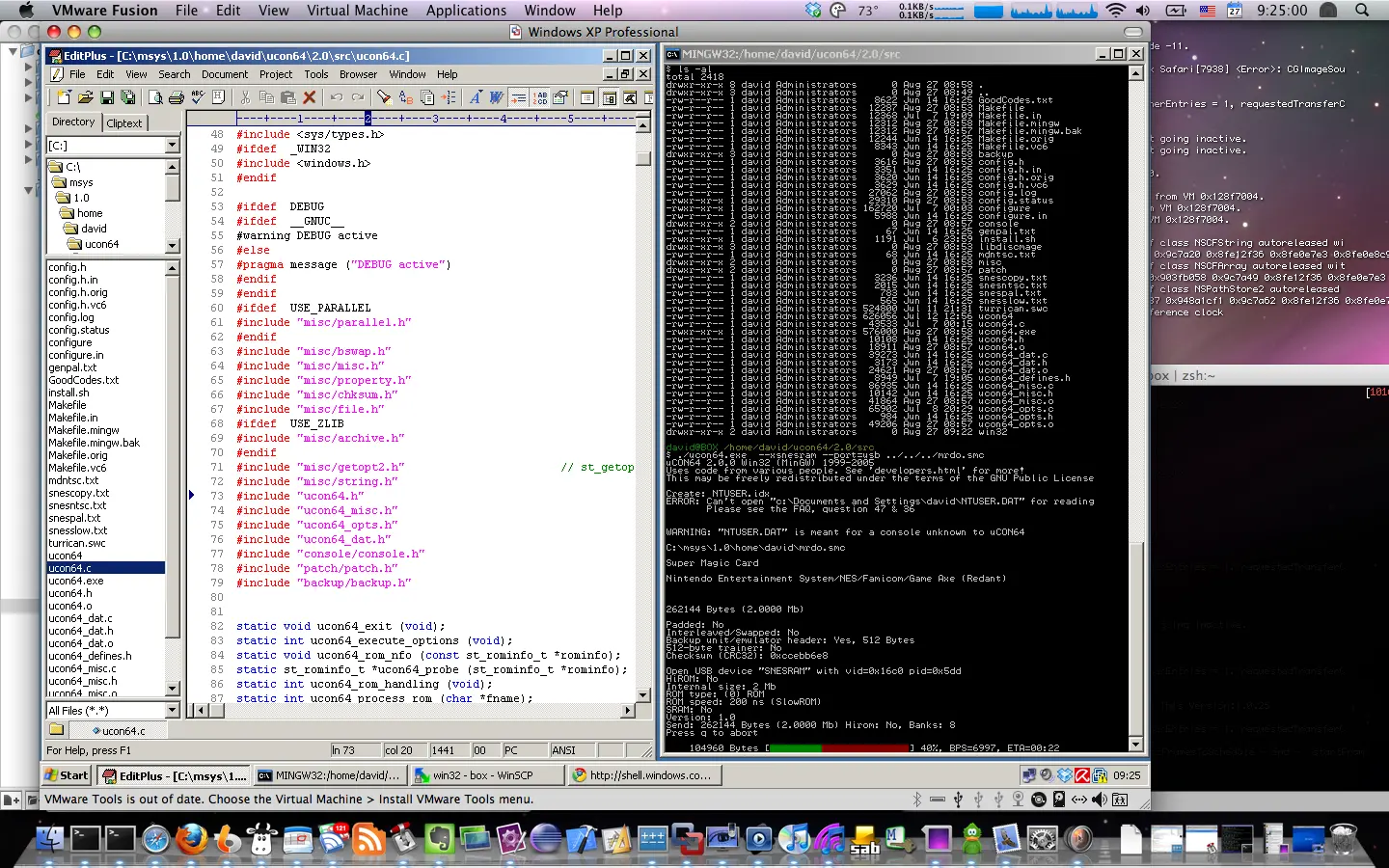Quickdev16 Windows Driver
Created a binary for windows using minGW and libusb. So i can confirm that quickdev16 will work under Windows.

Quickdev16 Windows Driver Read More »
Avr
Created a binary for windows using minGW and libusb. So i can confirm that quickdev16 will work under Windows.

Quickdev16 Windows Driver Read More »